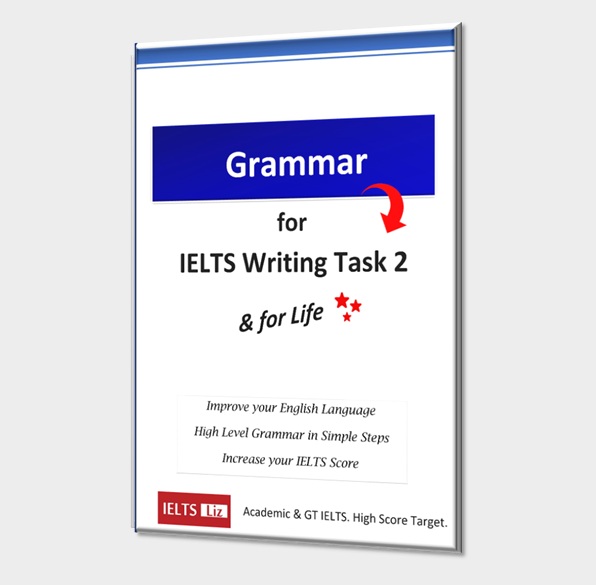Are you marked down in IELTS Speaking part 2 for speaking less than 2 minutes? In speaking part 2, you will be given a topic, 1 min to prepare and then you will need to speak for between 1-2 mins. The examiner will not move on to part 3 until 1 minute has passed of your talk and the examiner will stop you at exactly 2 minutes to prevent you speaking further. So, this means you have between 1 and 2 minutes available to you for your talk.
Do you need to speak for 2 mins in IELTS Speaking Part 2?
Speaking part 2 is the only part of the test where you can show the examiner that you can speak at length. Speaking at length is important for people aiming for band score 7 and above. So, part 2 is a great chance to show this skill and impress the examiner with fluency. Speaking at length is actually part of the Fluency marking criterion. Aiming for 2 minutes should be your aim.
However, your talk should also avoid hesitations and pauses. Both of these things can impact your score.
Length of Talk for IELTS Speaking Part 2: Useful Tips
Here are some more points to consider:
- It is better to give a strong, fluent talk for 1.5 minutes than a weak, hesitant talk for 2 mins.
- If you can speak for 1.5 mins without hesitations and pauses, this will be better than speaking for 2 mins with lots of hesitations and pauses.
- You can still get a high score if you only speak for 1.5 minutes but only if the quality of your talk is very good. This means natural, fluent speaking with great use of language.
- The marking criterion of Fluency accounts for 25% of your marks and is taken from your overall performance in all parts not only in part 2.
- This means if your talk doesn’t go well, you can still showcase your fluency in part 3.
- If you wish to lengthen your talk, then add more information. The prompts (the points on the topic card) are only guidelines – you can and should expand on each one.
- Aiming for 2 minutes is ideal.
- You must practice before your test what 2 minutes feels like so that you know how much to add. But don’t worry the examiner will stop you at 2 mins.
- The examiner controls the time in the speaking test. Don’t worry about timing. The examiner will interrupt you when it’s time for the next part or the next question.
- Speaking for 1 minute is not ideal because it doesn’t show the examiner your fluency skills.
- Don’t expect the examiner to be smiling and positive. Sometimes the examiners are tired so be ready for different body language and don’t let it affect your performance in your test.
RECOMMENDED FOR YOU
ALL TIPS, TOPICS, & MODEL ANSWERS FOR IELTS SPEAKING
.










